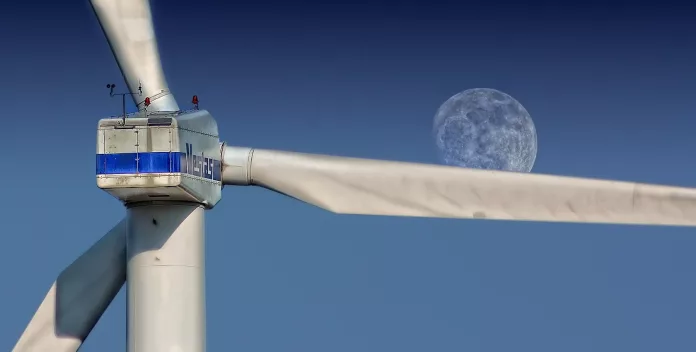The United States Department of Defense (DOD) is no stranger to innovation, particularly when it comes to implementing renewable energy solutions across its expansive facilities. With vast territories in the western United States harnessing solar power, the DOD’s latest venture is an ambitious collaboration, aiming to leverage renewable energy across the East. By partnering with the General Services Administration (GSA), the DOD plans to transition its facilities to 100% carbon-free electricity within a significant portion of the US, benefitting an area that encompasses 14 states and upwards of 65 million people.
The Pentagon’s Renewable Energy Strategy
Documenting the Pentagon’s renewable energy initiatives reveals a history of proactive engagement with sustainable practices and cutting-edge technology. The military’s facilities with adequate real estate have welcomed large-scale solar installations, while ventures into photovoltaics, rooftop solar, portable solar units, and microgrids have also proliferated. Additionally, the military’s involvement extends beyond solar, significantly impacting the nascent sector of wave energy, with notable developments like the wave energy test bed hosted by Marine Corps Base Hawaii.
Wind energy’s alliance with the military has not been without challenges—complexities arising from navigational and operational directives have necessitated careful planning for both offshore and onshore wind projects. Despite these obstacles, wind energy remains a pursued avenue, as evidenced by the inclusion of numerous wind power contracts in a comprehensive renewable energy tender by the US Army Corps of Engineers dated back to 2013.
Escalating these efforts, the latest procurement strategy casts a wider net by embracing the entire PJM grid, which encompasses a vast region of the US and heralds a possible upsurge in wind power usage, particularly from the Atlantic coast’s burgeoning offshore wind farms. Other federal agencies within this region are also poised to benefit from the plan’s comprehensive coverage.
DOD and GSA’s United Front on Clean Energy
In this joint vision of a renewable future, the DOD and GSA have adopted a broad interpretation of clean energy, emphasizing not just wind and solar but a broader category of “carbon pollution-free electricity.” This aligns snugly with President Joe Biden’s directive for federal agencies to achieve 100% carbon-free electricity by 2030—half of which should originate from renewable sources capable of round-the-clock generation.
While geothermal and hydropower may have limited expansions within the targeted region, such limitations open doors for revitalization projects and innovative adaptations like pumped storage conversions in decommissioned coal fields. The potential for new and existing forms of nuclear power and renewable natural gas also aligns with the zero-carbon mandate, though financial feasibility remains a question.
Complications emerge with the involvement of carbon capture and sequestration endeavors, which, despite technical viability, struggle with acceptability and logistic challenges like pipeline creation. Meanwhile, industrial byproduct repurposing into materials like cement offers a detached alternative to carbon capture’s tie with oil extraction.
The DOD’s Assertive Stance on Climate Action and Renewable Energy
The DOD, in its new sweeping renewable plan, delivers a powerful message: it stands ready to confront the climate crisis. Brendan Owens, Assistant Secretary of Defense for Energy, Installations, and Environment, asserts the DOD’s commitment to sustainable federal operations as both a display of US leadership and a means to assure mission resilience in the face of impending climate challenges.
Owens elaborates on these themes, invoking the DOD’s dedication toward environmental stewardship, pollution prevention, as well as energy and climate resilience—a stance vital to the adaptation of military facilities. One revolutionary advancement is the potential of space-based solar power — a concept once deemed far-fetched but now under serious consideration with feasible technology and the prospect of collaboration from entities like the US Space Force.
With an eye towards an actionable, sustainable future and advancements that may once have seemed like science fiction, the DOD and federal agencies are charting a course toward energy autonomy that’s clean, reliable, and adaptable to the unfolding global landscape.

























